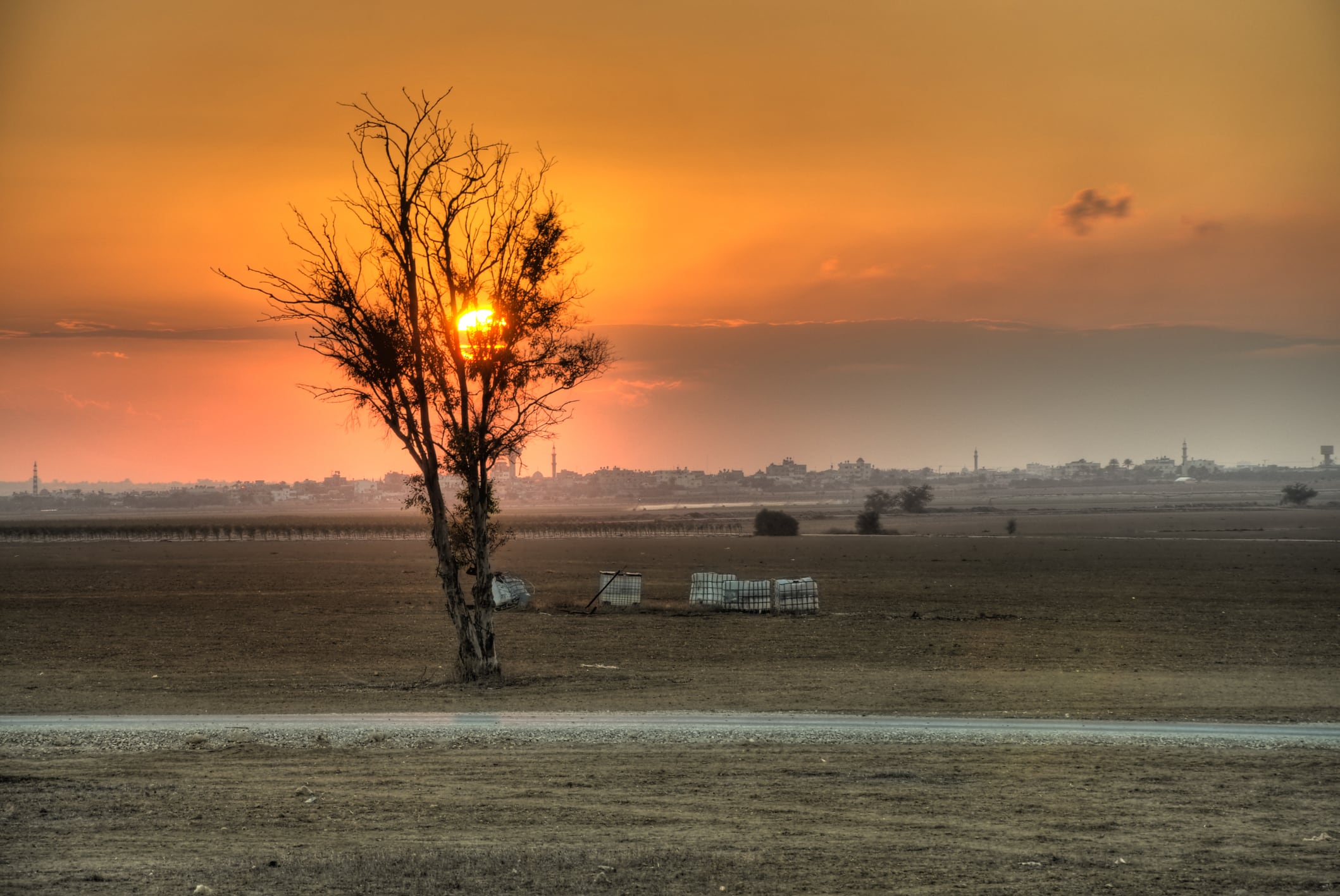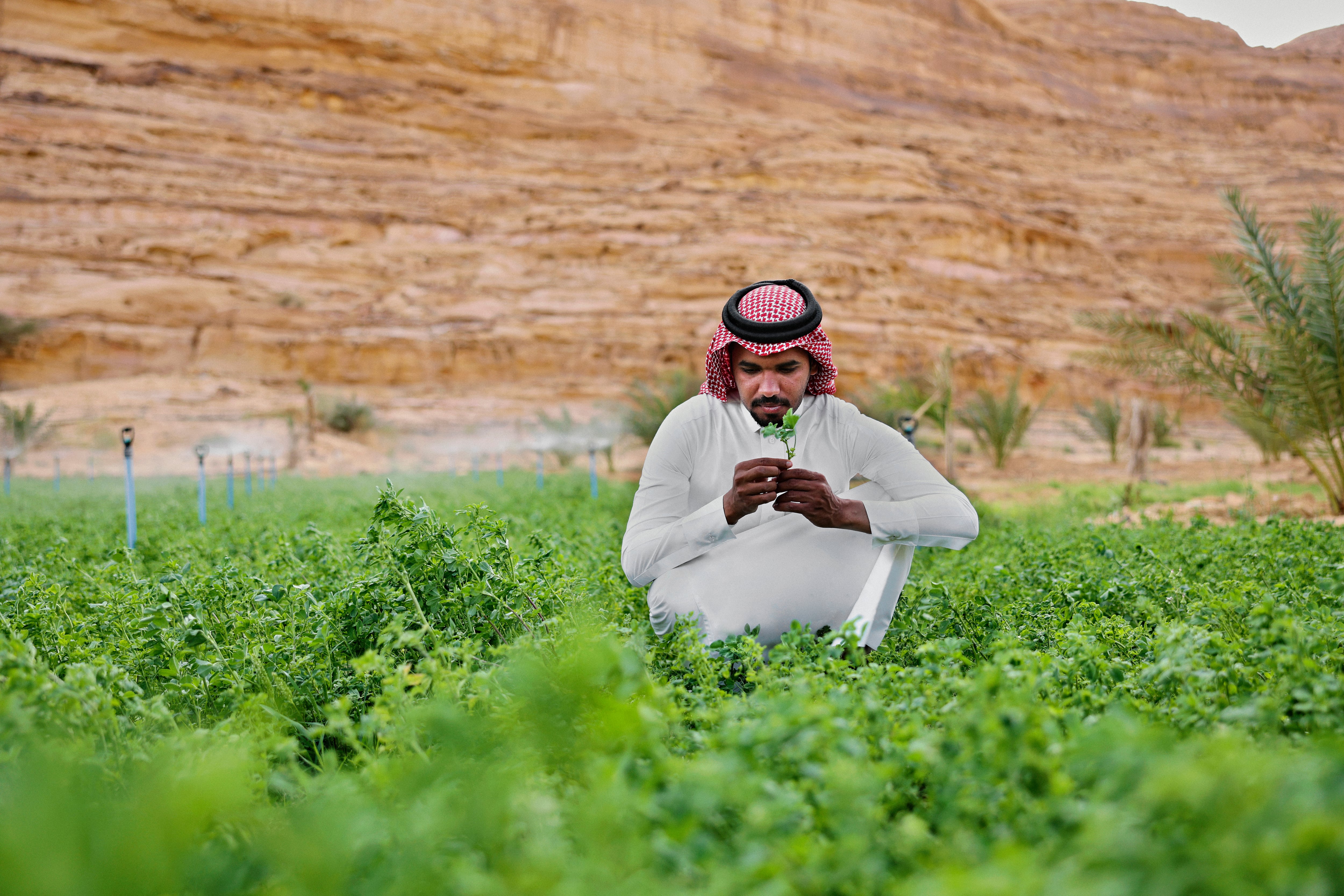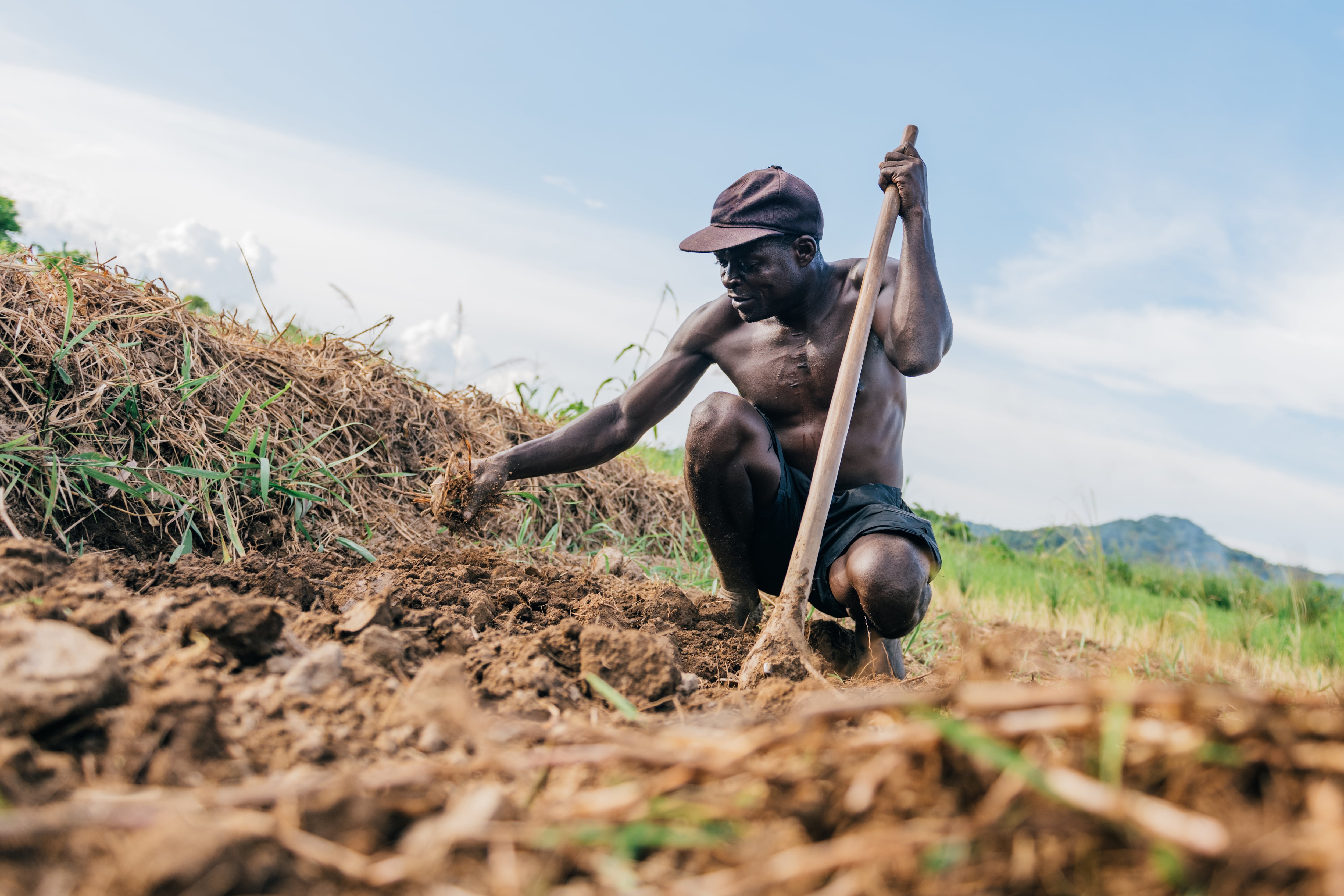Olive trees are an iterant character of the 2011 documentary 5 Broken Cameras, a firsthand portrayal of a village in the West Bank protesting the construction of an Israeli barrier.
In one scene a small child passes an olive branch to an Israeli soldier. In another, a family watches in shock as their trees are burnt to the ground. It is a poignant reflection of the trees’ importance to the Palestinian identity and heritage, a connection to the land and their right to self-determination.
Yet in the last 18 months, those olive trees have become another precious casualty of a brutal war. Olive trees across Gaza have been burnt or blown up with around four-in-five destroyed since October 2023, according to the UN Food and Agricultural Organization (FAO).
It is a small but significant part of the destruction of Gaza’s agriculture that has ultimately ravaged both the country’s cultural heritage and its ability to feed itself.
A momentous job for agriculture
While the ceasefire is now broken (Israel resumed military operations on March 18, 2025, after the initial ceasefire in effect since January 19 collapsed) there remain hopes that a new agreement can be found once again. If one comes, it will prove “a critical opportunity to address the catastrophic food crisis in Gaza,” according to FAO deputy director-general Beth Bechdol in January.
It will be a momentous job. Agriculture accounted for about 6% of Gaza’s economy before the latest conflict with farms covering about 40% of the land. It was a vital safety net against hunger.
Yet local food production is now “decimated”, according to Rein Paulsen, the director of the FAO’s Office of Emergencies and Resilience, in November. Around three-quarters of all Gaza’s cropland is damaged. Three-in-four fishing boats are wiped out. Even vital infrastructure such as greenhouses, wells, and barns is in ruins.
“When we see the problem, it’s really big and I’m afraid that no single solution will suffice,” says Joaquin Cadario from Action Against Hunger.
According to the FAO, rebuilding Gaza’s agricultural sector will require around $4.2bn and take years, if not decades to address the extensive damage.
“Recovery of Gaza’s agriculture sector faces numerous challenges, including damaged infrastructure, restricted land access, water scarcity, and soil contamination and degradation,” it said in a February assessment.
It added the salinization of water sources combined with broken irrigation systems is a huge limit on farming capacity, while “market disruptions, environmental degradation, and the loss of traditional farming knowledge further compounds the crisis.”
In the short term at least, the priorities are restoring the infrastructure and scaling up the delivery of critical agricultural inputs to restore local food production. The FAO estimates this will cost around $1bn but could boost local production by around 40% in the first few years.
Yet even for this, serious obstacles stand in the way. Most notably, the damage to Gaza’s farmland is not easily rectified. 60% of buildings in Gaza are estimated to be damaged or destroyed, according to the UN, creating a wasteland of rubble that often litters crucial agricultural land.
Heavy machinery is needed to remove the biggest pieces, yet Israel’s long held blockade banning ‘dual-use’ products that might be repurposed for military objectives has prevented any tractors entering Gaza. Fuel will also be required yet this too, is in short supply.
Even once the rubble is removed, potential issues lie beneath. Swathes of farmland are now filled with mines which the UN Mine Action Service says could take up to 14 years to clear, while Israel stands accused of using chemicals like white phosphorus on fields, contaminating the soil and posing cancer risks to Palestinian farmers.
The Palestinian Agricultural Work Committees Union warns that land affected by these chemicals could be unusable for at least five years, with some chemicals penetrating 10m down into the soil.
Chemical fertilisers now prohibited
Israel’s blockade also prevents other crucial agricultural inputs from entering Gaza. Chemical fertilisers are now prohibited despite their once widespread use, while even seeds are proving difficult to import with consequences for both food production and Palestinian culture.
In the West Bank, an indigenous seed bank has preserved over 60 types of indigenous heirloom Palestinian seeds, providing these at minimal cost to Palestinian farmers across the West Bank. Yet Israel now inhibits these from crossing the border into Gaza.
“This is one of the ways we’re able to resist the occupation flooding the markets with cheap goods and invasive species that are actually more expensive in the long term,” says Yasmeen El-Hasan from the Union of Agricultural Work Committees.
“These are the seeds that are indigenous to the environment, that are climate resilient, that people know how to farm and use.”
Yet with Israel’s blockade showing few signs of weakening, Palestinians in Gaza could be without these necessities for some time to come. It leaves the thousands of displaced people now returning to their land wondering how to feed themselves.
Tentative efforts for urban agriculture
Efforts are already underway. Most livestock have been killed but farmers are already beginning to rebuild their herds, says El-Hasan. And with so much land unusable, any pocket of suitable space is now a potential crop site with urban agriculture projects springing up to grow fruit and vegetable, she adds.
Elsewhere, farmers are looking for ways around the blockade, with Action Against Hunger, among those helping land workers to adopt agroecological farming methods to become less reliant on important fertilisers.
“We need a change the mindset to produce food that is less dependent on external inputs, which are very, very difficult to access,” says Cadario.
While such an approach is rare, he says, “it’s needed from an environmental perspective, and also an economic perspective.”
As the FAO pointed out, before the conflict, Gaza was self-sufficient in vegetables, eggs, milk, poultry, and fish. It produced much of its red meat and olive oil, and operated with established infrastructure and regulations.
Within just 18 months, much of that has been destroyed. The road to rebuilding that remains unclear, but the first tentative steps are underway.




